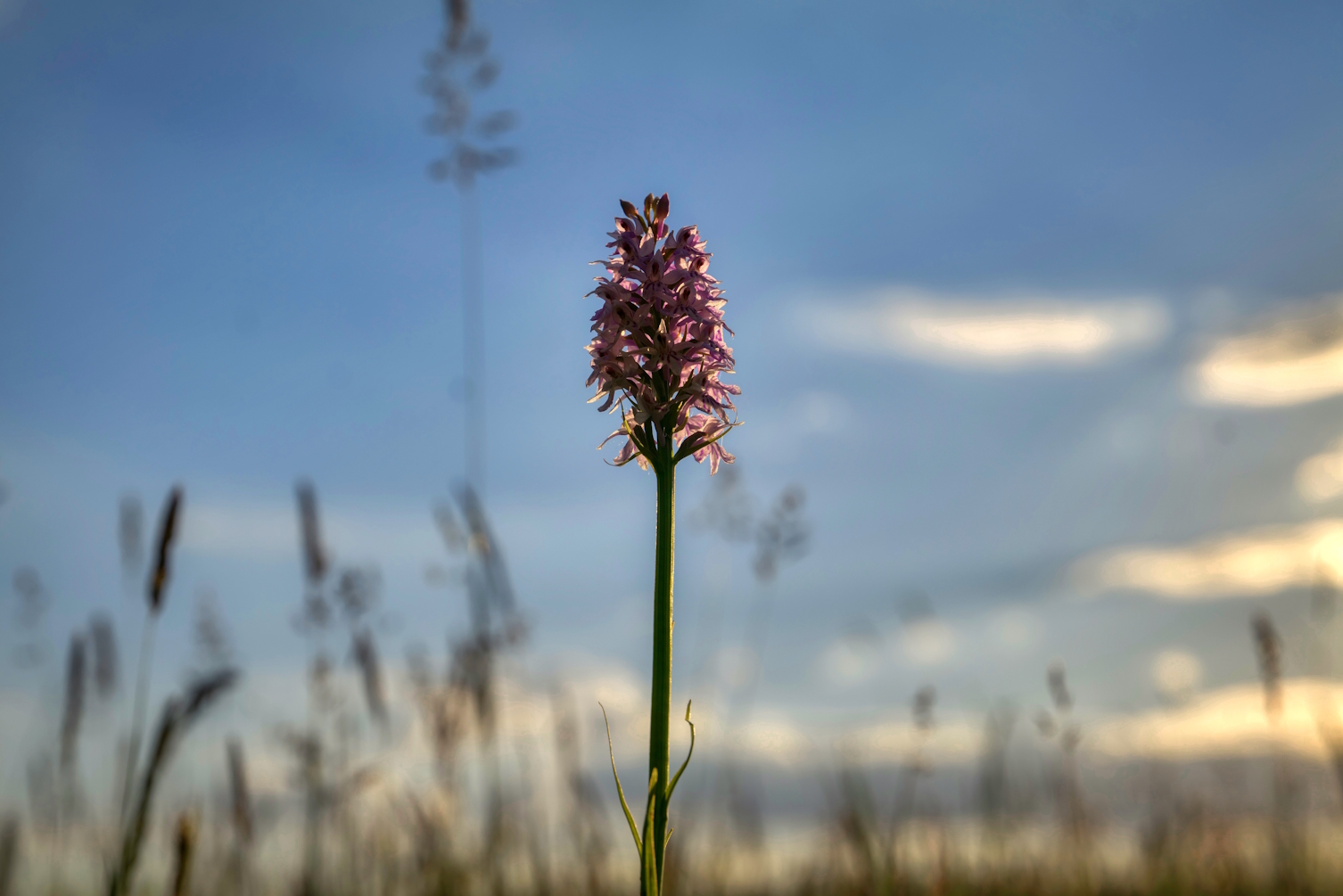Golf courses go green in bid to boost biodiversity

Golf courses across the South Downs National Park are clubbing together to share knowledge and practical support to help fight biodiversity loss.
The project aims to help green-keepers create havens for wildlife, particularly bees and butterflies, as well as introduce mowing methods to protect rare chalk grassland and encourage wildflowers.
A total of 14 golf clubs from across Sussex took part in a seminar at Pyecombe Golf Club, near Brighton, which has become one of the best courses in the country for chalk grassland flowers and butterflies.
Last year an ecological survey at Pyecombe Golf Club discovered 34 species of butterfly, including rare species such as the Adonis blue, brown hairstreak and grizzled skipper.
She said: “Biodiversity in the UK is struggling, and we need nature corridors for wildlife to be able to thrive. I think there’s potential for golf clubs to play a significant role.
“Extending the roughs where possible is one really impactful step they can take.
“Clubs doing this are seeing significant increases in pollinators, such as butterflies without impeding the game, in fact enhancing the experience for players.
“It’s also about saving resources for clubs, working with nature to control pests instead of using expensive chemicals, for instance, being able to reduce water use, or spending less time and fuel on cutting back the roughs – so it’s a win-win for nature and people which makes it really exciting.”
She explained that grassy areas were traditionally mown with the cuttings left on the ground to decompose, enriching the soil which then encouraged coarser grasses to dominate and outcompete wildflowers.
But with the introduction of a “cut and collect” system, the soil would not be enriched with nutrients as the grass cuttings are collected enabling the rare chalk grassland to be maintained and a variety of wildflowers to grow and provide habitat for bees, butterflies and other insects.
Tim Brewster, course manager at Lewes Golf Club, which received a grant from the South Downs National Park to buy a cut and collect machine, said: “After the first year, I have started to notice a larger amount of yellow rattle spreading to different areas of the course, which already looks to start thinning out the areas, which is great for golfers to find their ball but also a positive for wildflowers.

“An increase of birds of prey has been noticed, with more kestrels, red kites, and buzzards. We continue to see the peregrine falcons that are nesting on the cliff, hunting, and playing on the fairways.”
Jan Knowlson, biodiversity officer for the national park, said: “The very nature of golf courses means that new habitat can be fairly easily created to support grassland species and Pyecombe and Lewes are proof that biodiversity and golfing can happily co-exist.”
Related
Trump’s prized £200,000,000 UK golf club wrecked by protestors
To view this video please enable JavaScript, and consider upgrading to a web browser that support
Donald Trump’s Turnberry golf course wrecked by pro-Palestine protesters
Pro-Palestinian protesters have vandalised Donald Trump's UK golf course at Turnberry. Shocking photos show insults, including "f*** Trump", spray painted in re
Donald Trump’s iconic Scottish golf course is vandalised by pro-Palestinian…
Donald Trump's golf course has been targeted by pro-Palestine protesters proclaiming the war-torn strip is 'not for sale'.Pictures from Turnberry, in Scotland,
Trump’s iconic £1k-a-round golf course is wrecked by pro-Palestine protesters
DONALD Trump's iconic Turnberry golf course has been vandalised by pro-Palestine protesters.Shocking pictures show expletives and derogatory insults spray paint












